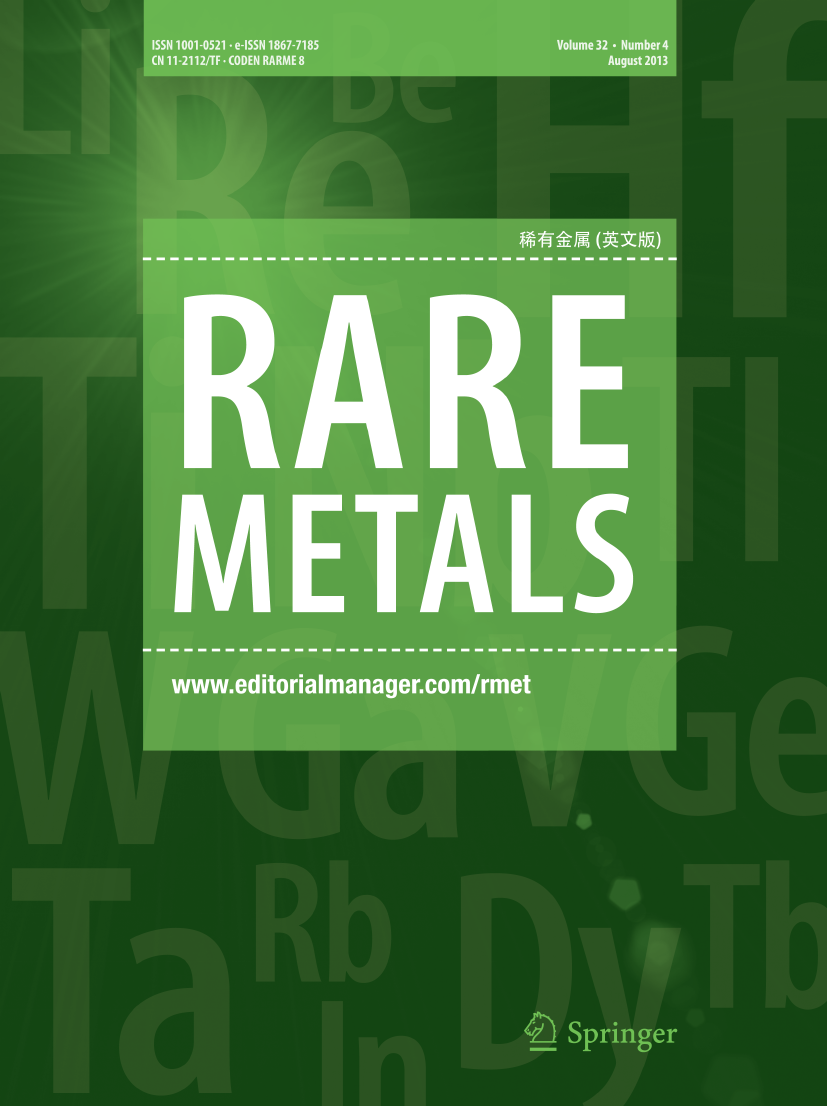摘要
要开发高性能金属玻璃,首要目标是提高其抗粘性流动和结晶的稳定性。气相沉积或长时间退火是提高玻璃稳定性的有效方法,这表现在玻璃转化温度(Tg)和结晶温度(Tx)的提高上。这有助于开发超稳定金属玻璃。在此,我们证明了调节淬火温度也能产生超稳定金属玻璃,这体现在铜基金属玻璃的 Tx 提高了 17-30 K。通过调节淬火温度,可以在金属玻璃中获得分离的初级相、次级相甚至纳米氧化物。值得注意的是,次生相分离产生的富铜沉淀等析出相在增强玻璃稳定性方面起着至关重要的作用。然而,玻璃稳定性的增强对其机械性能的影响微乎其微。这项研究表明,液-液分离和转变所产生的不同熔体热力学状态共同决定了冻融玻璃结构。本研究的结果将有助于开发超稳定块体玻璃。For the development of high-performance metallic glasses, enhancing their stability against viscous flow and crystallization is a primary objective. Vapor deposition or prolonged annealing is an effective method to improve glass stability, shown by increased glass transition temperature (Tg) and crystallization temperature (Tx). This contributes to the development of ultra-stable metallic glasses. Herein, we demonstrate that modulating the quenching temperature can also produce ultra-stable metallic glasses, as evidenced by an increase in Tx of 17–30 K in Cu-based metallic glasses. By modulating the quenching temperature, separated primary phases, secondary phases, and even nano-oxides can be obtained in the metallic glasses. Notably, metastable phases such as Cu-rich precipitates arising from secondary phase separation play a crucial role in enhancing glass stability. However, the enhancement of the stability of the glass has only a negligible effect on its mechanical properties. This study implies that different melt thermodynamic states generated by liquid–liquid separation and transition collectively determine the frozen-in glass structure. The results of this study will be helpful for the development of ultra-stable bulk glasses.
Graphical abstract

 求助内容:
求助内容: 应助结果提醒方式:
应助结果提醒方式:


